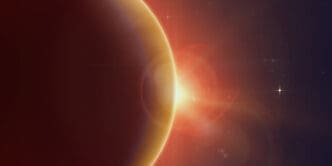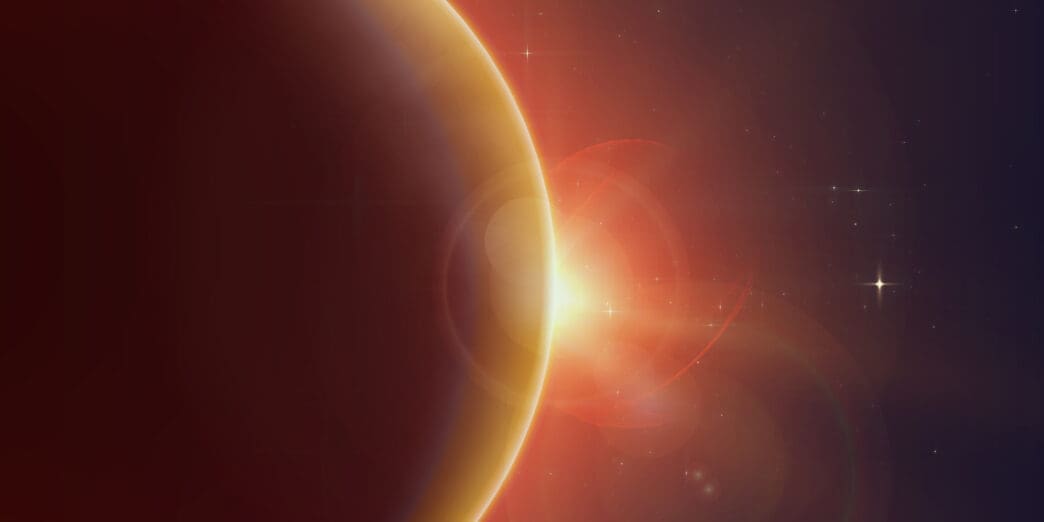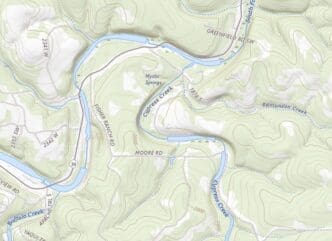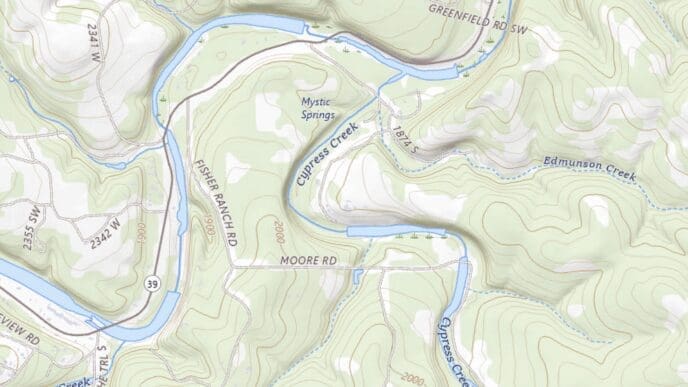A powerful solar storm is expected to grace the night skies with vibrant aurora displays across several U.S. states on Tuesday. This phenomenon follows the sun’s recent release of substantial energy bursts, known as coronal mass ejections, prompting a geomagnetic storm watch by space weather forecasters. The northern lights are predicted to be visible in Alaska, Washington, Oregon, Montana, North Dakota, South Dakota, Minnesota, Michigan, Wisconsin, Vermont, New Hampshire, and Maine. Additionally, parts of northern Idaho, Wyoming, Nebraska, Iowa, Illinois, New York, and Pennsylvania might also catch a glimpse of the spectacle.
The breathtaking light show will vary in intensity based on the interaction between Earth’s magnetic field and the solar bursts. The sun is currently experiencing the peak of its 11-year activity cycle, which is making aurora displays more frequent and widespread. Notably, earlier this year, the strongest geomagnetic storm in two decades illuminated the night sky across the Northern Hemisphere. Last autumn, another significant solar storm produced stunning light displays in unexpected places such as Germany, the United Kingdom, New England, and even New York City.
Aurora displays, commonly known as the northern and southern lights, are typically observed near the poles as charged particles from the sun collide with Earth’s atmosphere. The ongoing solar activity cycle, which involves a magnetic pole reversal every 11 years, is pushing the visibility of these lights deeper into the United States and Europe. Severe storms have the potential to disrupt radio and GPS communications.
The current solar activity spurt is projected to continue through the end of the year, with the exact peak of solar activity remaining uncertain until months later, according to NASA and the U.S. National Oceanic and Atmospheric Administration.
When fast-moving particles and plasma from the sun collide with Earth’s magnetic field, they can cause temporary disruptions to the power grid and affect systems reliant on space weather, such as air traffic control and satellites. Historical events, such as the 1859 solar storm that lit up skies as far south as Hawaii and ignited telegraph lines, illustrate the potential impacts. Another significant event in 1972 is believed to have accidentally detonated magnetic U.S. sea mines off the coast of Vietnam.
Space weather experts cannot predict solar storms months in advance but provide alerts for preparation days before a solar event impacts Earth. For those interested in observing the northern lights, forecasts are available on NOAA’s Space Weather Prediction Center website or through aurora forecasting apps. Optimal viewing is suggested in quiet, dark areas away from city lights, such as local or national parks, weather permitting. A smartphone camera may capture auroral hints invisible to the naked eye.
Echoes in Our Lives
The anticipated aurora displays offer a unique opportunity for communities across the United States to experience a natural wonder often restricted to polar regions. While the spectacle itself is an awe-inspiring visual treat, it also draws attention to the broader implications of solar activity on everyday life. Potential disruptions to power grids and communication networks highlight the interconnectedness of natural cosmic events and modern technology.
On a personal level, viewing the northern lights can foster a greater appreciation for the wonders of nature and the universe. It encourages individuals to explore the night sky, promoting outdoor activities and engagement with scientific phenomena. As more people find themselves increasingly captivated by these celestial displays, there may be a growing interest in space weather and its impacts, fostering a deeper understanding of our planet’s interactions with its solar environment.














